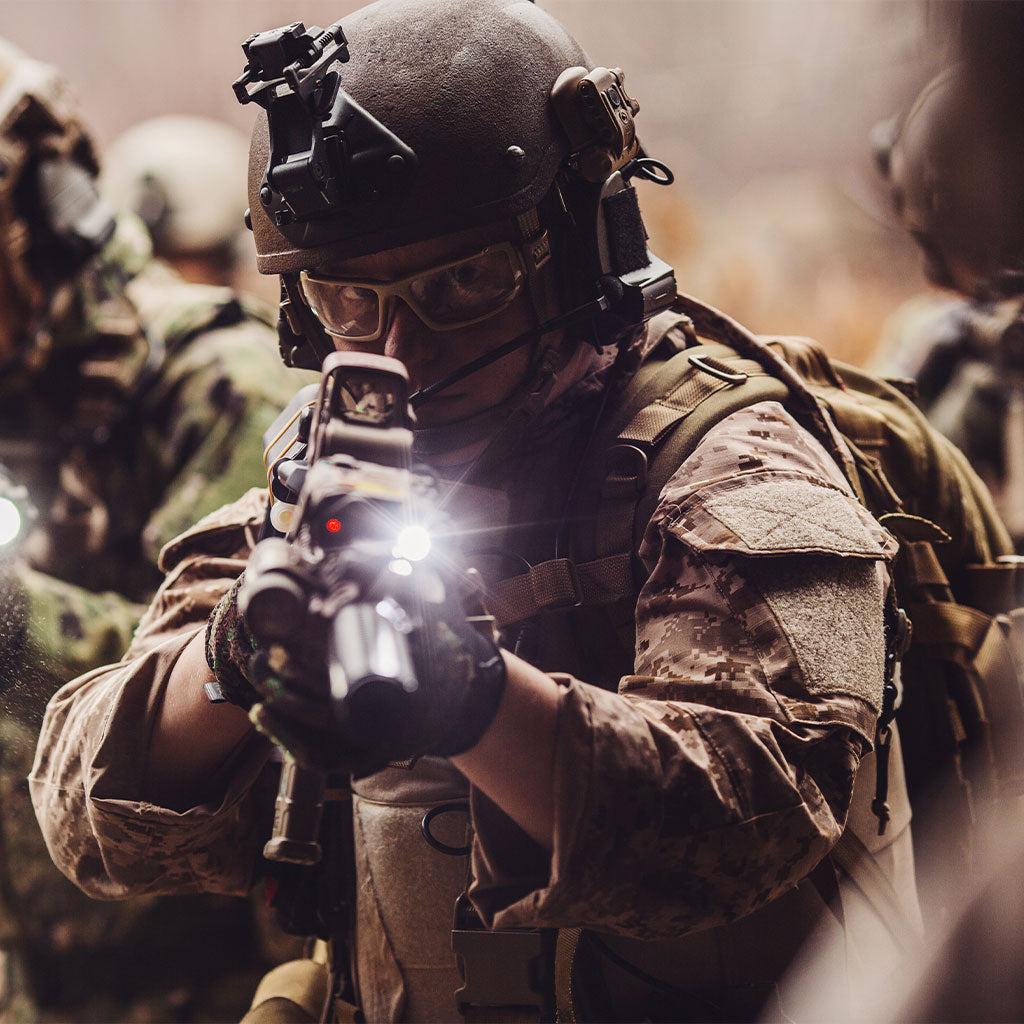
Navigating Hard Armor Choices: A Comprehensive CAG Guide to Today's Elevated Threat Levels
May 08, 2023
In an ever-changing world where active shooter incidents and high-threat operations are becoming more prevalent, understanding your hard armor options is essential. Custom Armor Group (CAG) provides a wide range of Level III, Level IV, and Special Threat plates for military and law enforcement professionals. This comprehensive guide, tailored specifically for CAG, explores three main types of hard armor plates—steel, polyethylene, and ceramic—and their respective benefits.
Steel: A Classic and Durable Choice
Steel plates have been a popular choice since World War II, providing reliable protection against various projectiles, including high-powered ammunition. These plates work by causing rounds to mushroom, fracture, and splatter upon impact. However, steel plates can generate spall, which may lead to secondary fragmentation injuries. Despite being the heaviest option (8-10 pounds), steel plates are the most affordable. Custom Armor Group's CAG series provides advanced steel plate solutions, featuring military-grade Rhino Extreme anti-spall coating and CAG Rifle Insert Spall Sleeves for added protection.
Polyethylene: Lightweight and Versatile
Polyethylene armor plates are made by bonding unidirectional UHMWPE fibers over an HDPE sheet, resulting in a cohesive hard armor plate. These plates leverage the friction generated by a spinning bullet, causing it to become embedded within the plate as the polyethylene melts and subsequently re-hardens. With weights ranging from 2-5 pounds, polyethylene plates offer a lighter alternative to steel and ceramic options. However, these plates are typically more expensive and unable to provide Type IV protection against armor-piercing rounds.
Ceramic: Balancing Weight and Performance
Ceramic plates work by using localized fracturing to dissipate a projectile's energy, breaking it up before the fragments are caught by backing materials like Kevlar. While they may be susceptible to damage from multiple rounds in the same area, advances in ceramic plate materials have made them lighter and stronger than previous iterations. Weighing between 4-8 pounds, ceramic plates provide a lighter alternative to steel without sacrificing protection.
Understanding the differences between steel, polyethylene, and ceramic hard armor plates is crucial for choosing the most suitable protection for your organization. Custom Armor Group's CAG series offers a diverse range of armor options designed to provide the highest levels of protection, reliability, and affordability. Carefully considering your organization's specific needs and requirements will ensure you make the best decision when facing elevated threat levels.

